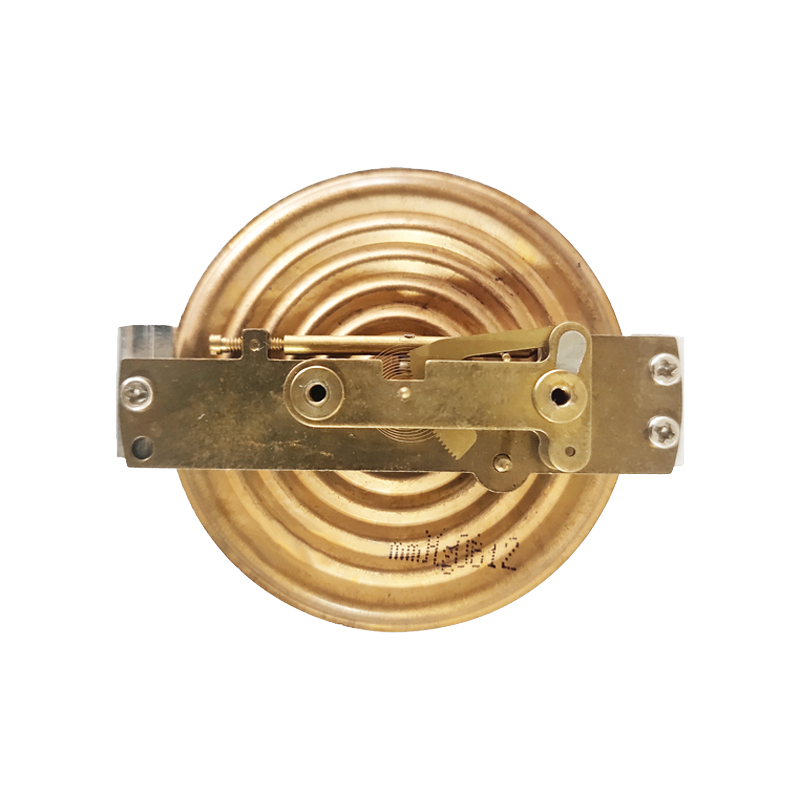
Set . 09, 2024 06:37 Back to list
diaphragm type differential pressure gauge quotes
Understanding Diaphragm Type Differential Pressure Gauges
Differential pressure gauges play a pivotal role in various industrial applications, offering precise measurements essential for process monitoring and control. Among the various types available in the market, diaphragm type differential pressure gauges are particularly notable for their reliability and accuracy in measuring pressure differences in gases and liquids.
What is a Diaphragm Type Differential Pressure Gauge?
A diaphragm type differential pressure gauge consists of a flexible diaphragm that separates two pressure sensing chambers. When there is a difference in pressure between these two chambers, the diaphragm deflects, causing a mechanical movement that is translated into a readable pressure measurement on a calibrated dial or digital display. This design is particularly advantageous for measuring low-pressure differentials, as it can respond to slight variations with high sensitivity.
Working Principle
The working principle of a diaphragm type differential pressure gauge is based on the deformation of the diaphragm material in response to pressure changes. Two different pressures are applied to either side of the diaphragm; the resulting displacement is captured by a mechanical linkage or electronic sensor. This deflection is then converted into a differential pressure reading.
The construction material of the diaphragm is critical for effective performance. Common materials include stainless steel, which provides durability and corrosion resistance, making it suitable for harsh environments. The selection of diaphragm material is dictated by the nature of the fluids being measured, including their chemical properties and temperatures.
Applications
Diaphragm type differential pressure gauges have a wide array of applications across various industries
diaphragm type differential pressure gauge quotes

1. Oil and Gas In the oil and gas sector, these gauges are used to monitor flow rates and levels in pipelines, ensuring safe and efficient operations. 2. HVAC Systems In heating, ventilation, and air conditioning (HVAC) systems, they monitor pressure drops across filters, ensuring optimal performance and energy efficiency.
3. Water Treatment In water treatment facilities, these gauges help measure the pressure difference across membranes and filters.
4. Pharmaceuticals The pharmaceutical industry utilizes these gauges for process control and ensuring compliance with stringent manufacturing standards.
Advantages
The diaphragm type differential pressure gauge offers several benefits
- High Sensitivity Due to their design, they can measure very small pressure differences accurately. - Compact Size These gauges are often compact, making them suitable for installations in tight spaces. - Low Maintenance With fewer moving parts and a robust design, they require minimal maintenance and have a long service life. - Versatile Range They can measure a variety of pressures and are adaptable to different industrial requirements.
Conclusion
Diaphragm type differential pressure gauges are indispensable tools that enhance process control and safety in various industries. By accurately measuring pressure differences, these gauges help monitor equipment performance, ensure process efficiency, and maintain product quality. Their reliability, sensitivity, and low maintenance make them a preferred choice for engineers and technicians tasked with maintaining secure and efficient operation in their facilities. As industries continue to evolve, the demand for accurate pressure measurement, including diaphragm type differential gauges, will undoubtedly remain strong, underscoring their vital role in modern engineering applications.
-
High-Precision 5 Valve Manifold Differential Pressure Gauge Suppliers
NewsApr.29,2025
-
High-Precision Diaphragm Vacuum Pressure Gauges Manufacturers & Quotes
NewsApr.29,2025
-
Omega Differential Pressure Gauges High Accuracy & Durability
NewsApr.28,2025
-
Low Pressure Differential Pressure Gauges Precision Solutions & Quotes
NewsApr.28,2025
-
Digital Diaphragm Pressure Gaauge Precision Measurement & OEM Quotes
NewsApr.28,2025
-
Differential Pressure Gauge China Price High-Accuracy & Best Quotes
NewsApr.28,2025
